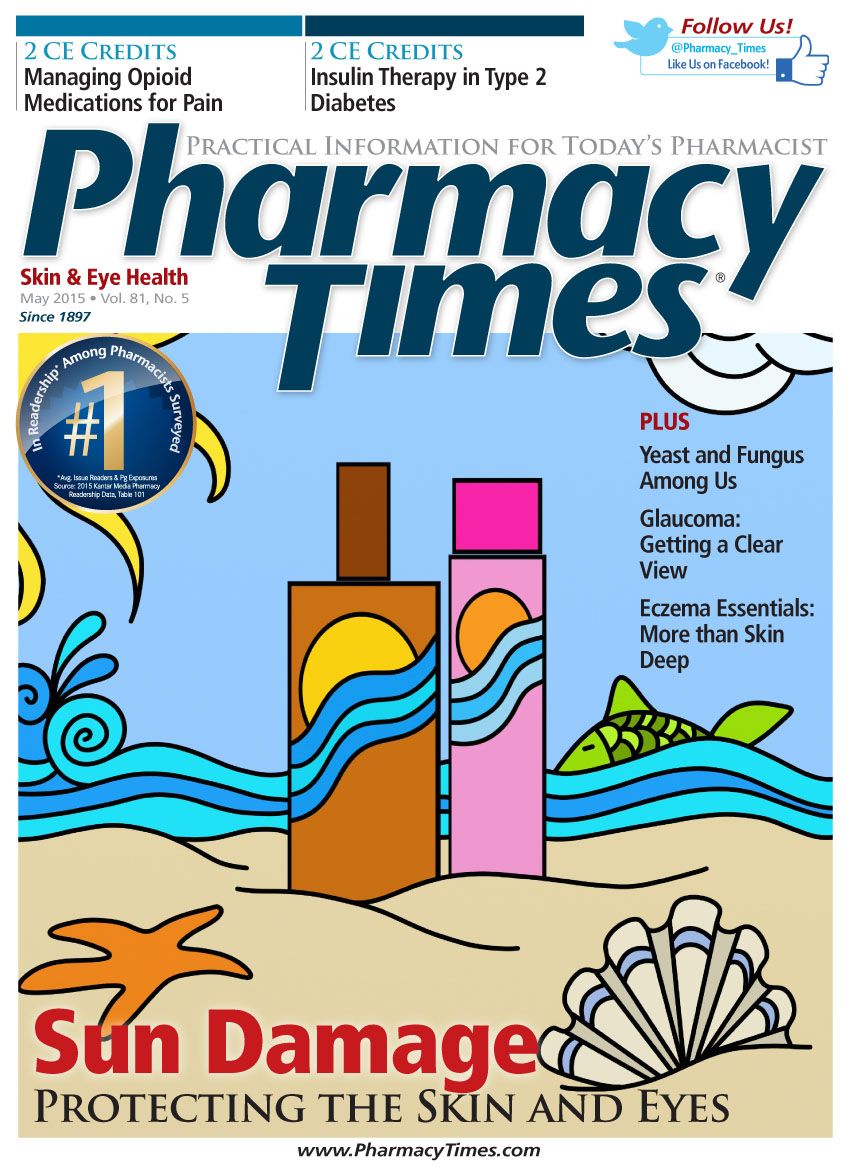Publication
Article
Pharmacy Times
Opiate Rehabilitation Drugs: Do They Work?
Author(s):
Nasal naloxone is a last-ditch effort, but it doesn't solve the long-term problem of addiction in the United States.
Law enforcement does not often get involved with individual cases of drug rehabilitation. Do not mistake this for not caring, though; officers barely have time for the job they were paid to do—enforce the law. Recently, more and more officers have been getting the opportunity to use nasal naloxone products when attempting to save individuals who have overdosed. Officers understandably become frustrated when certain addicts have to be revived repeatedly, however; one addict was reportedly revived 3 times in 1 day! Nasal naloxone is a last-ditch effort, but it doesn’t solve the long-term problem of addiction in the United States.
METHADONE
Methadone maintenance clinics were developed as far back as 1964, although I first remember them coming on the scene in the very early 1970s during the decade’s inner-city heroin epidemic. Heroin abuse among the poor was rampant, even with a drug that was often 9% pure compared with its 50% to 60% purity today. Injection was the sole way to attain a “high,” and methadone was the lone hope for treating addicts.
There was considerable uproar over methadone clinics when they first sprouted up compared with what we now know of their value—although the clinics set up to make a profit have experienced some criticism over certain protocols. These for-profit clinics require patients to visit every day for their dose, with certain patients allowed to participate in a take-home program. I think the overall experience with these clinics has been very positive, as they aid in preventing the extensive damage associated with opiate addictions.
BUPRENORPHINE
The next drug that came on the scene, albeit relatively recently, was buprenorphine (in various forms). Under its usage guidelines, Physicians participate in training, receive a special Drug Enforcement Administration number, and can accept up to 100 patients. A prescription drug, buprenorphine is designed to be taken daily to curb the craving for opiates; however, it also can be abused. Nonetheless, if a patient follows the program, buprenorphine can be effective at helping to rehabilitate addicts.
VIVITROL
Vivitrol (naltrexone) is also relatively new and is manufactured in our task force’s jurisdiction. Approved by the FDA in 2010, Vivitrol requires a patient to be drug-free for a short time before it is administered, which usually takes place in a doctor’s office.
Designed to manage both opiate addiction and alcoholism, Vivitrol helps to block the effects of opiates and alcohol; unlike the other 2 drugs, it is injected once a month. This fact is important, as the other 2 recovery solutions require addicts to submit to a daily drug regimen to prevent relapse. In my opinion, managing addicts is much easier with Vivitrol because of the once-monthly visits to the prescriber’s office.
One of my local common-pleas judges applied for, and received, more than $800,000 in grants for Vivitrol to be applied toward qualifying defendants. With the cooperation of my sheriff, the jail also became involved in this program, which has 72 patients enrolled in the Vivitrol program at present. To date, none of the patients have relapsed, for a 100% success rate after several months of the program. Experts say that 12 to 18 months of injections are needed, along with counseling, to maximize results.
The downside is the expense: injections can range from $800 to $1200 each month, for a per-patient total bill of $15,000 to $20,000 at the end of the program. Although this is expensive, the amount an addict would likely spend on drugs during the same period of time would be much greater—not counting the emotional and collaborative damage that is difficult, if not impossible, to quantify.
I am confident that other drugs in the pipeline will be even more effective, and more affordable, than the ones I have mentioned above. All of these drugs, however, require a willing participant, which brings us back to nasal naloxone. I hope that by using nasal naloxone, first responders will give more addicts a second chance and that these addicts will go on to experience successful rehabilitation. Ultimately, though, the user will have to make that happen.
Cmdr Burke is a 40-year veteran of law enforcement and the past president of the National Association of Drug Diversion Investigators. He can be reached by e-mail at [email protected] or via the website www.rxdiversion.com.

Newsletter
Stay informed on drug updates, treatment guidelines, and pharmacy practice trends—subscribe to Pharmacy Times for weekly clinical insights.






